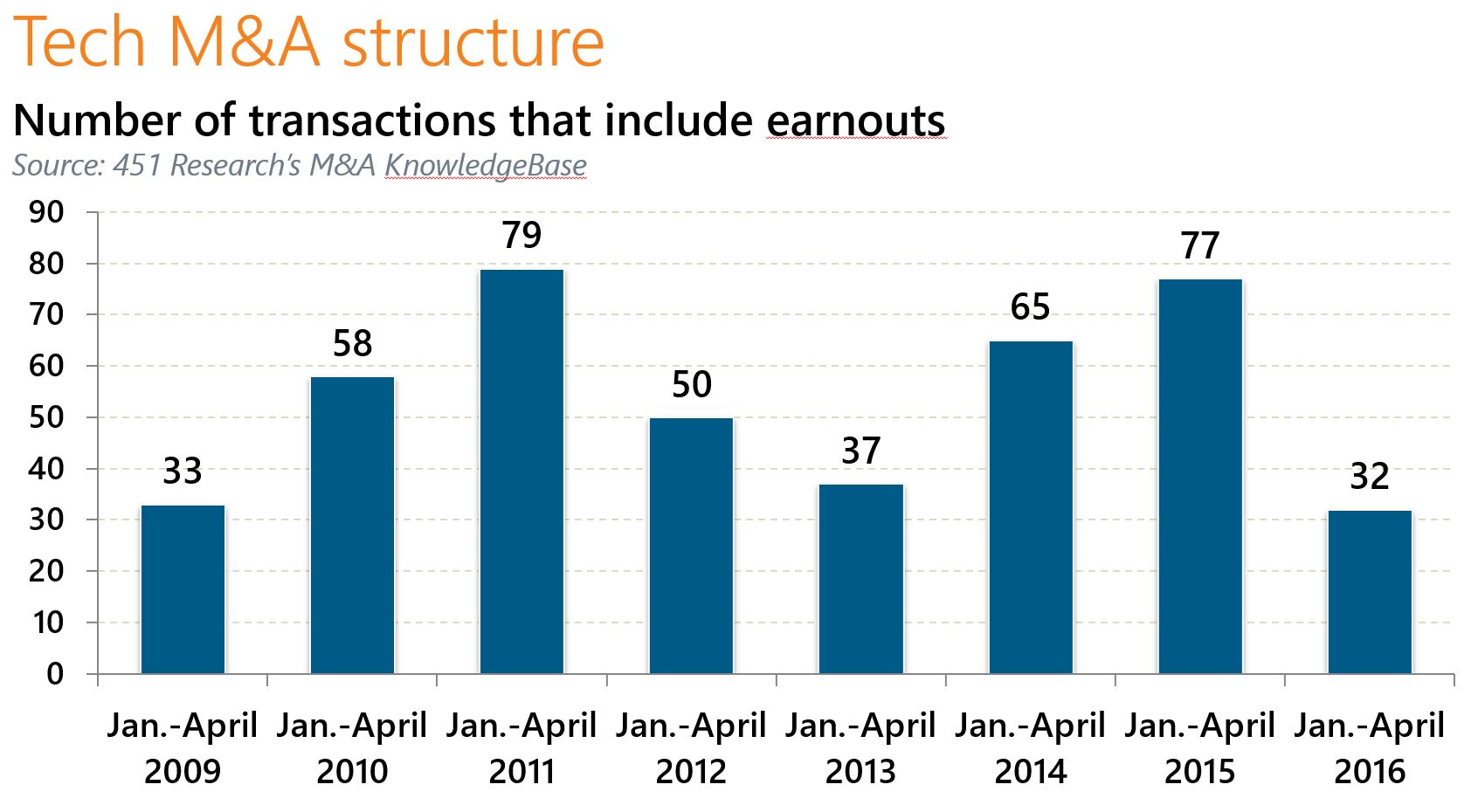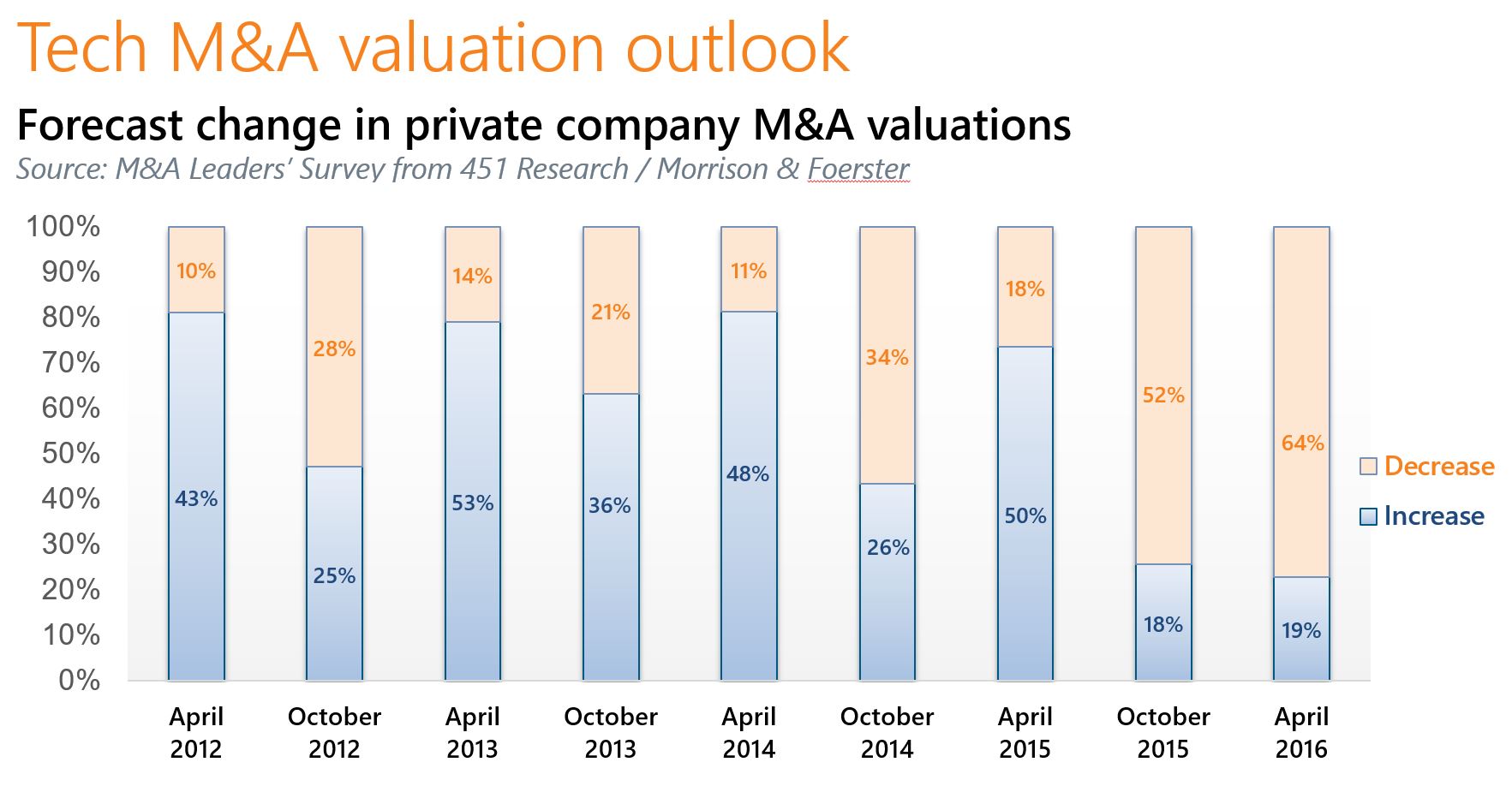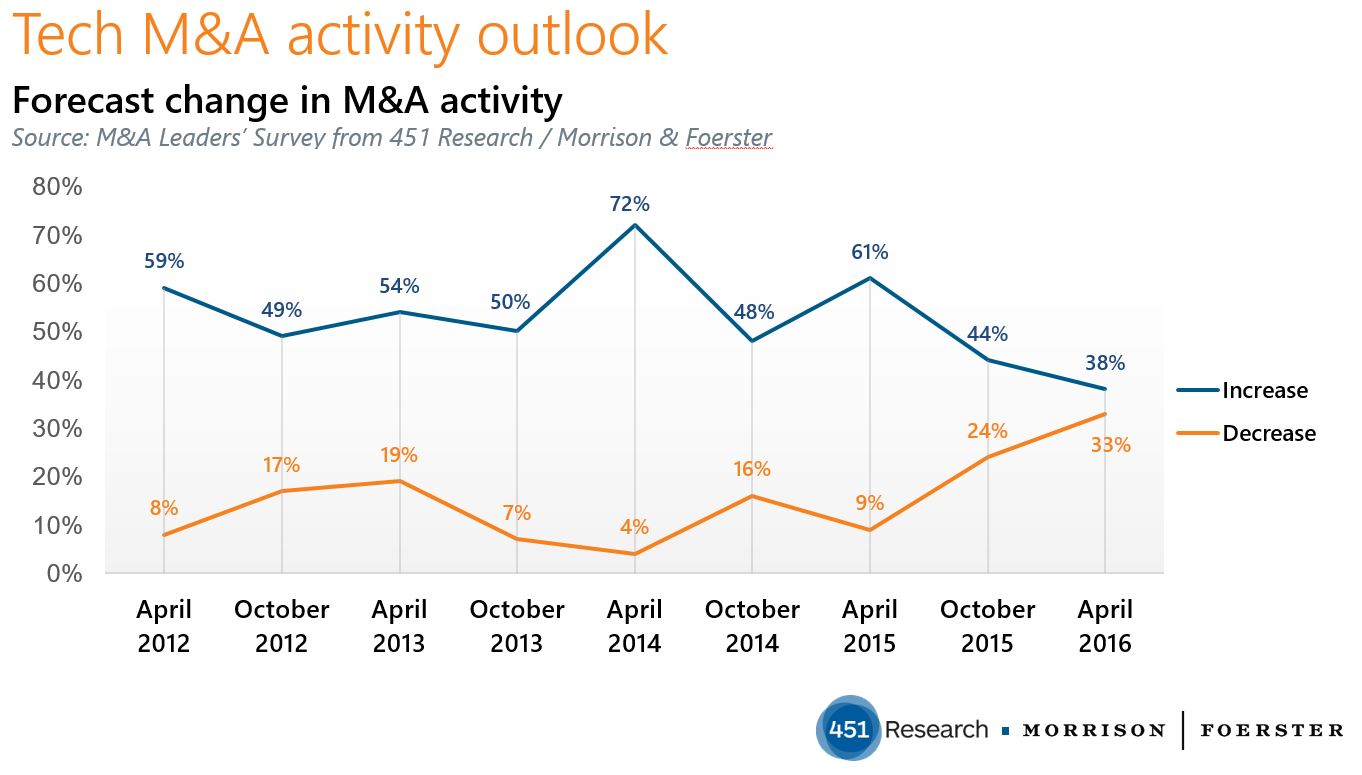Contact: Scott Denne
As acquirers back down from last year’s frenetic pace of dealmaking, there’s one group that’s opening their wallets – buyers from China. The value of transactions from this cohort, like the rest of the market, is down from 2015 highs, coming in at $12bn compared with $21bn through the first four months of the year. Yet the volume of deals is set to outpace last year’s totals.
China coming into its own as a major economic power accounts for much of the momentum. Also, the broader M&A market has shifted toward value-based buys and away from growth. That’s a core element for many China-based businesses. And when they’re hunting for value, they’re homing in on North American targets. Through April, China-based tech vendors have printed 10 such deals for $9.3bn – those numbers are approximately double the pace of any other year in the past decade, according to 451 Research’s M&A Knowledgebase.
And in reaching for North American companies, China-based acquirers have been uniquely cheap. Only once in the past 10 years has the M&A KnowledgeBase recorded such a transaction coming in above 3x trailing revenue, with only four deals above 2x. This year is no exception. Lexmark, which was picked up by a consortium led by Apex Technology, was valued at $3.5bn, or 1x, making it the largest multiple of the year among American firms selling to China. The largest deal (and lowest multiple) was Tianjin Tianhai Investment Company’s purchase of Ingram Micro for $6bn, or 0.1x.
China’s stock markets have come down substantially over the past 12 months, although valuations there still trend high, leaving room for M&A arbitrage. Shares of Apex (Lexmark’s soon-to-be owner) most recently traded on the Shenzhen Stock Exchange at 13.5x, while Tianjin Tianhai (Ingram’s acquirer) trades at 13.2x.
For more real-time information on tech M&A, follow us on Twitter @451TechMnA.


![Vonage_copy[1]](http://blogs.451research.com/techdeals/files/2016/05/Vonage_copy1.png)


